In America, Law Enforcement Makes Communities of Color Less Safe — Not More
There is little likelihood of peace in the U.S. as long as armed law enforcement touches so many aspects of people's daily lives, writes Kai Wright at The Nation.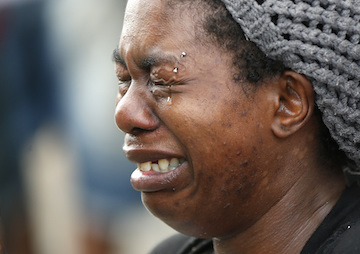
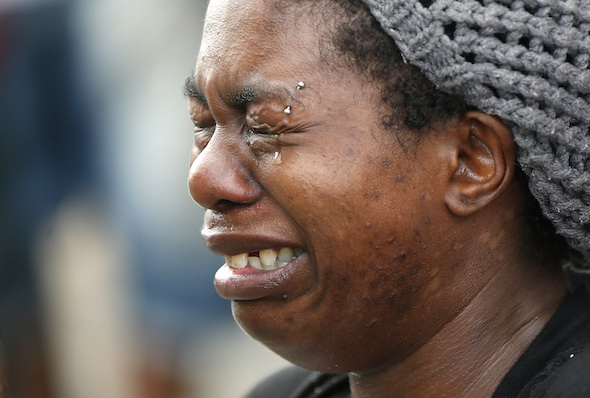
Tawandra Carr, who says she was best friends with the slain Alton Sterling, weeps in Baton Rouge, La., on Wednesday. (Gerald Herbert / AP)
There is little likelihood of peace in the United States as long as armed law enforcement touches so many aspects of daily life for people of color, “creating too many opportunities for it to inflict violence upon the public it is supposed to serve,” writes Kai Wright at The Nation, after the back-to-back videotaped police killings of Alton Sterling and Philando Castile.
Writes The Nation’s features editor:
This has always been true for black people, in one way or another. From the 1793 Fugitive Slave Act forward, public safety officers have been empowered to harass black bodies in the defense of private capital and the pursuit of public revenue. As a result, no generation of black Americans has been spared the macabre tradition of drilling into its children tips for avoiding death at the hands of the state—not during slavery, not during the era of black codes that followed war, not during Jim Crown, not during the indiscriminate war on drugs, and not in the current era of cops functioning as tax collectors on the poor in decimated municipalities.
Debbie Nathan’s moving biography of Sandra Bland in our May 19 issue is a must read for understanding how this modern version of the 220-year-old system functions to destroy black life. From Illinois to Texas, Bland was stalked by an overzealous police apparatus that hunted vulnerable residents who could be targeted with fines and fees, money that local governments desperately needed to fill the holes created by state and federal austerity—zealotry that begat zealotry that begat death.
From case to case the details have shifted, but a depressing through line for all of the people whose names have become hashtags over the past two years is the ho-hum way in which their last moments began. In each case, one can reasonably ask why the encounter involved armed, hyped up cops at all. Which points to a more fundamental solution than those we most often discuss when we march through the grimly familiar stations of public mourning and debate that will accompany Sterling and Castile’s deaths. Yes, cameras are a reasonable precaution, both those worn by cops and those that brave citizens wield. Absolutely, better training in the use of non-lethal force and awareness of implicit bias is a must. Surely creating systems to evaluate law enforcement officials based on the help they provide rather than the arrests they make would improve things. And no doubt prosecutors need to be reigned in. But all of these things ease the symptoms rather than treat the disease. We need to start asking why we have so much law enforcement in the first place, and whether much of it is truly needed. Law enforcement agencies are among the largest and most powerful bureaucracies in most localities and they are deeply enmeshed in our daily lives, particularly in communities of color. They are our first responders. They are in our schools. They are our immigration officials. For the most vulnerable among us, they are often what passes for social workers and mental health care providers. And they are armed. At some point, we must question whether all of this law enforcement is necessary, and whether public safety is best served by having much, much less of it.
—Posted by Alexander Reed Kelly.
Your support matters…Independent journalism is under threat and overshadowed by heavily funded mainstream media.
You can help level the playing field. Become a member.
Your tax-deductible contribution keeps us digging beneath the headlines to give you thought-provoking, investigative reporting and analysis that unearths what's really happening- without compromise.
Give today to support our courageous, independent journalists.
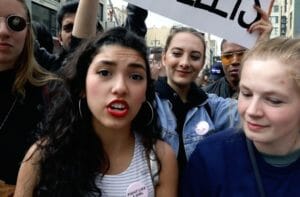
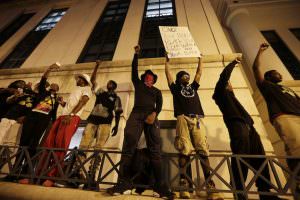
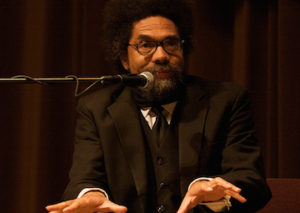
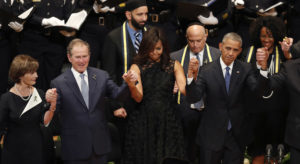
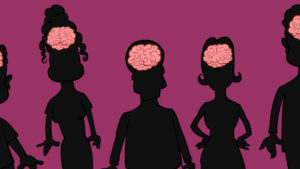
You need to be a supporter to comment.
There are currently no responses to this article.
Be the first to respond.